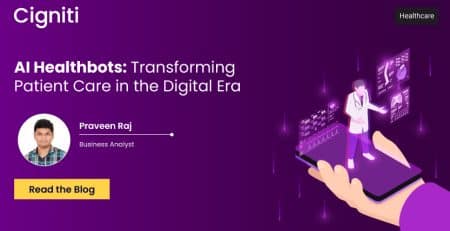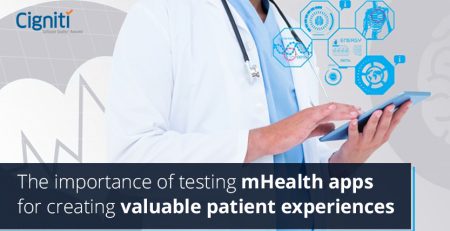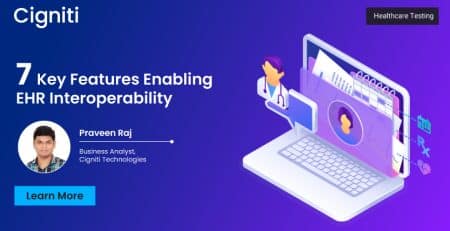Literature Search in Pharmacovigilance & Drug Safety: A Guide
Pharmacovigilance is a domain that works entirely on drug safety through the collection, detection, assessment, monitoring, and prevention of adverse effects associated with pharmaceutical products. It is a science that needs no introduction these days, thanks to increased vigilance in pharmaceutical drug discovery and development, as well as the introduction of new products to the market.
For Drug safety or pharmacovigilance, data will be collected from different sources to understand and assess the drug, either in its development stage while doing clinical trials or after releasing it into the larger population to understand its safety and efficacy in a wide range of populations.
Spontaneous reports, clinical trial reports, literature reports, license partner reports, and regulatory reports are major reports a company receives and processes for further analysis on regulatory reporting, signal detection, and aggregate reporting. Out of different source data, literature case reporting is one of the essential inputs, as the literature reports sometimes come with a combination of information from other report types.
This makes it more critical for companies to collect the literature information about the cases or articles involved with their drug. Literature article collection is required to assess a drug’s benefit-risk profile and comply with the regulatory requirement of not missing any reportable case within the required timelines.
Role of EMA
The EU health authority, EMA, is also responsible for monitoring several substances and selecting medical literature to help identify suspected adverse reactions to medicines authorized in the European Union. EMA’s Medical Literature Monitoring (MLM) services started on September 1, 2015. EMA maintains this information in its database called EudraVigilance. However, EMA can only monitor a certain number of substances based on information submitted to EMA’s Article 57 database by marketing authorization holders. So, the companies are responsible for monitoring their products in the global and local literature databases.
As per the EMA, marketing authorization holders are usually responsible for monitoring the medical literature on their medicines and reporting individual cases of suspected adverse reactions into EudraVigilance and national safety databases, which are not covered under the EMA’s services for that marketing authorization holder.
It was also declared that all products having marketing authorization, regardless of commercial status, should undergo literature searches. As a result, it’s reasonable to expect that literature searches begin with submitting a marketing permission application and continue throughout the authorization.
Where to search for literature articles?
Medline is a well-known database with the latest medicinal product information. Along with Medline, the other databases with the newest information on published medical literature articles or journals are Embase and Excerpta Medica. The published articles or journals and relevant abstracts from meetings and draught manuscripts should be reviewed for valid ICSRs and included in periodic safety update reports.
Literature search, monitoring, and screening
As we discussed above, the goal of literature search and monitoring is to identify individual case safety reports and any possible changes to the benefit-risk profile of the substance being monitored, particularly about detecting new safety signals or emerging safety issues.
Marketing authorization holders should perform medical literature monitoring on their products from day one of product authorization until they are active, whether the product is in the market or not. All the medical literature published globally and locally should be monitored and screened for all the adverse events reported in that literature for ICSR processing, as the medical literature is an essential source of information for identifying suspected adverse reactions to authorized medicines.
Once an article is identified as relevant to the MAH’s product, it will be screened further to determine whether it meets its four minimum criteria (identified reporter, company product, patient, and an adverse event) to consider it for further case processing and adverse event reporting. If there are any signals to consider for aggregate reporting and benefit-risk assessment, they will be shared for further review by the MAH.
How can Cigniti help you with this?
From this article, we got an idea of how important it is to monitor and screen the published literature articles and abstracts about an authorized medicinal product for an MAH. We at Cigniti have our experts to help you with literature monitoring and screening for your timely reporting of ICSR.
Our experts work with you to understand the requirements and develop a search strategy based on your global and local literature data collection requirements. We will work with you to understand the purpose of your requirement, whether it is for ICSR reporting, signal detection, or aggregate reporting, and provide you with a solution that meets the regulatory requirements while being compliant with timelines.
Schedule a discussion with our healthcare and life sciences experts to learn more about the criticality of literature search in Drug Safety and Pharmacovigilance.





Leave a Reply